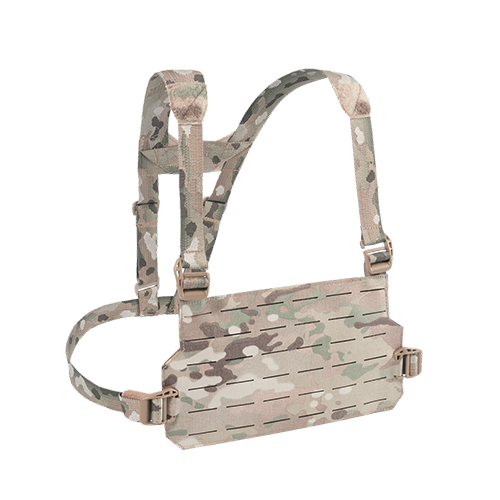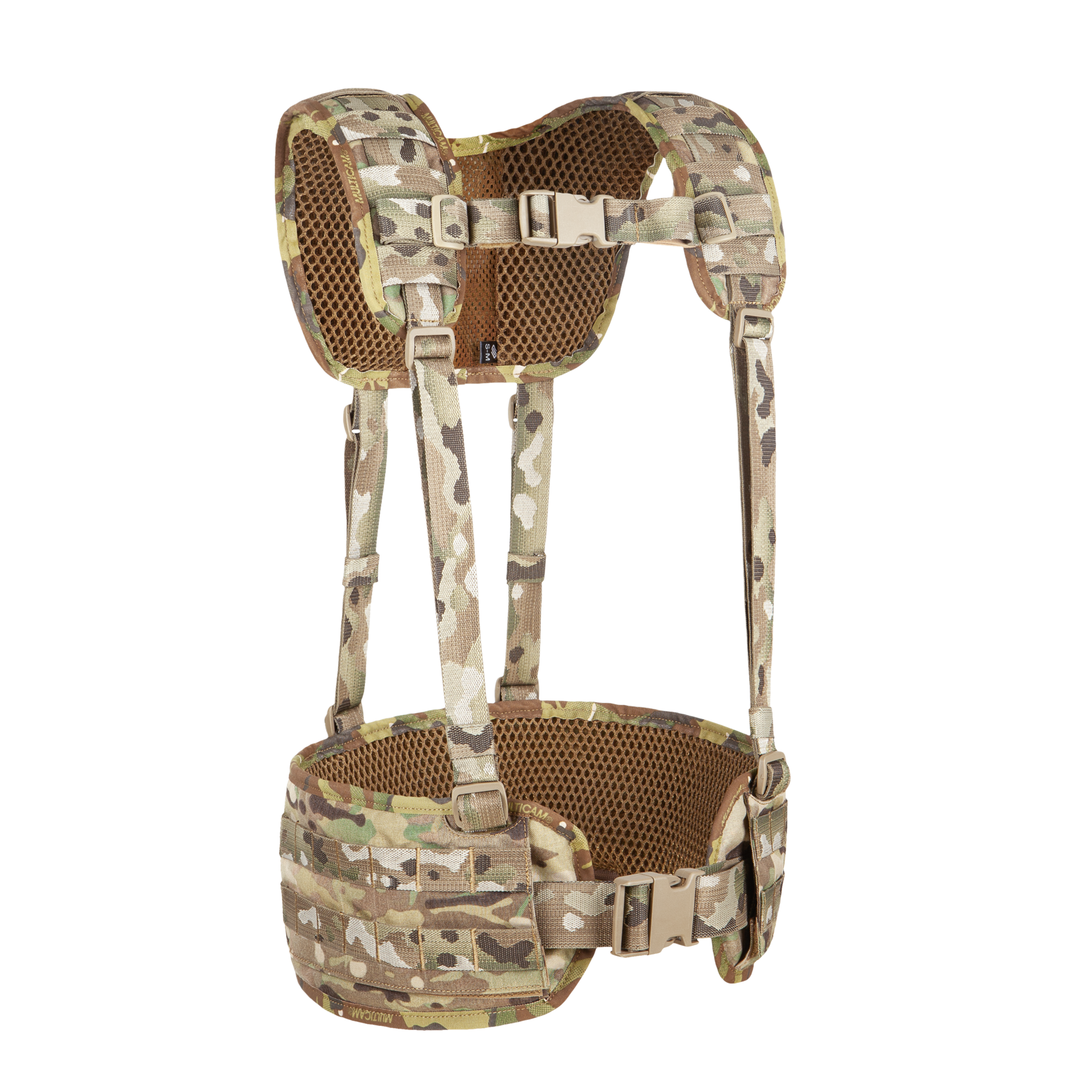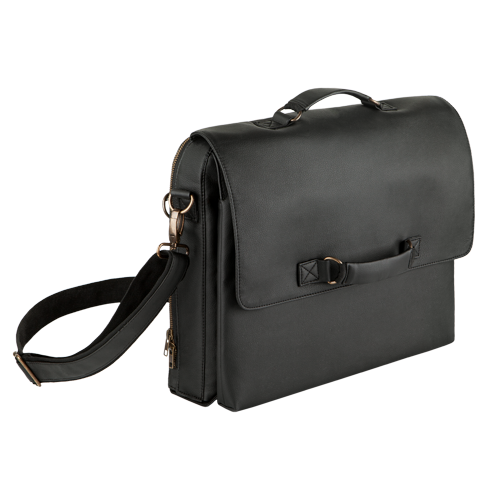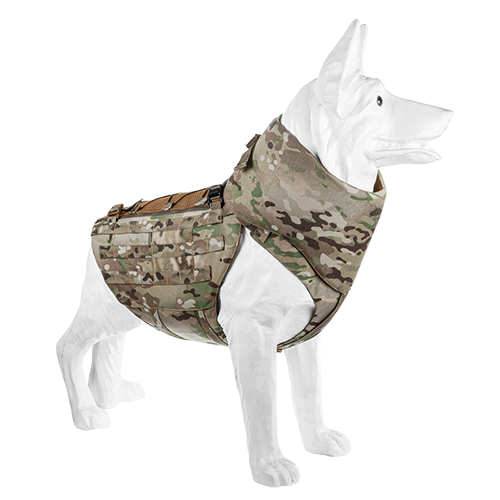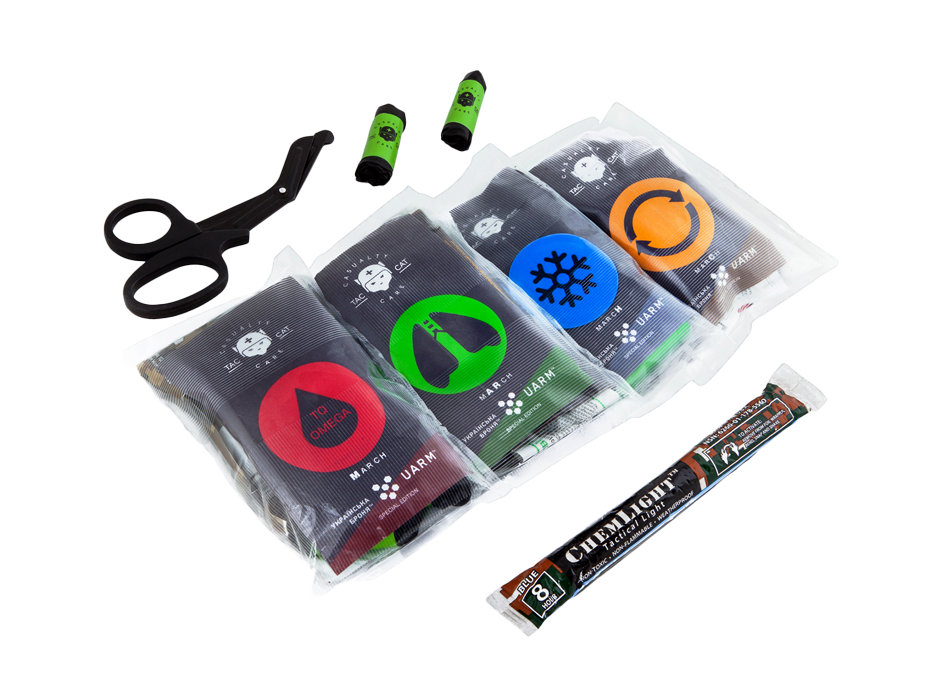Sort by Relevance
Sort by
- Relevance
- Lowest price
- Top customer rating
- Highest price
In Stock
Color

MultiCam
Coyote
Ranger Green
Black
Price
$
- $0
- $100
- $200
- $300
$
- $100
- $200
- $300
Size
S/M
L/XL
S/XL
Shop By
Military
8
Law Enforcement
8
Gun Owners
8
Promotion
8
Advanced Filters
Protection Level
Level 2 body
armor
8
Level 2 body
armor
8
Level 2 body
armor
8
Level 2 body
armor
8
Level 2 body
armor
8
Level 2 body
armor
8
Protection
Level 2 body
armor
8
Level 2 body
armor
8
Level 2 body
armor
8
Level 2 body
armor
8
Level 2 body
armor
8
Level 2 body
armor
8
Every modern mission needs a lot more tools than just arms and armor. To extend the combat capability of every individual soldier we need to have gear that will support the attack, defense, assistance, and surveillance. And for that, we need load carriage rigs that will hold that gear.
Currently, there are three types of rigs that are used with modular armor:
- Clavicle and shoulder rigs
- Chest and frontal rigs
- Battle belts

